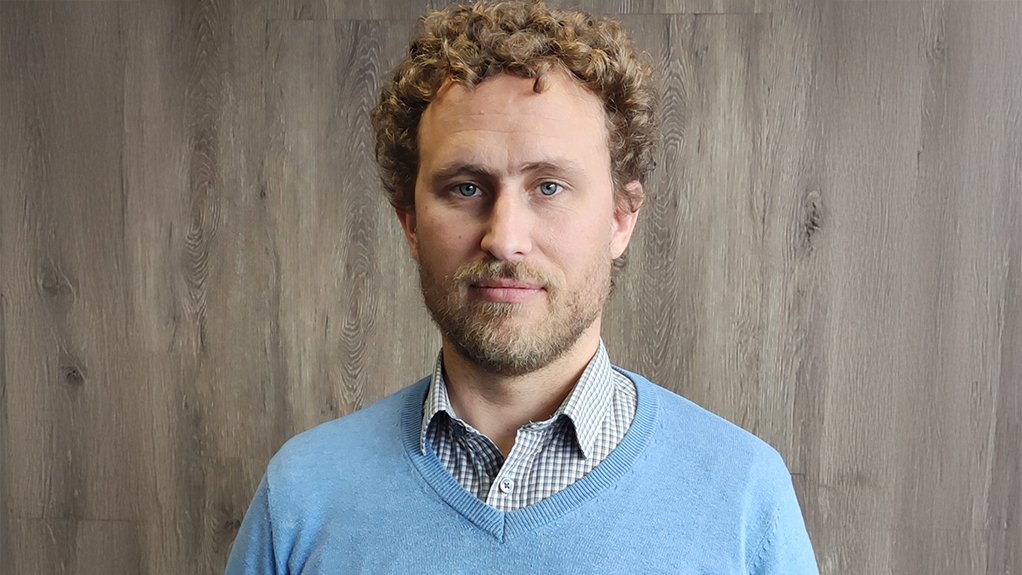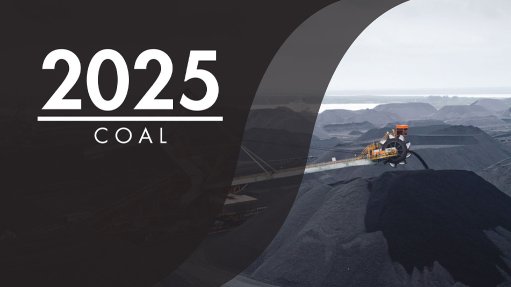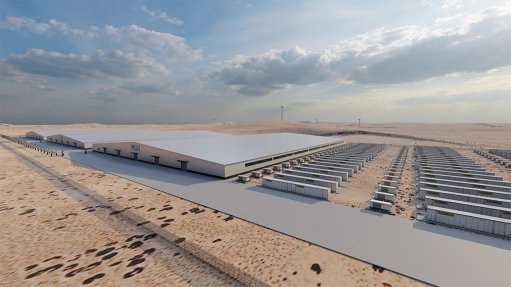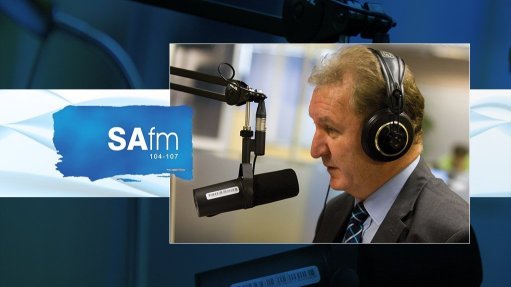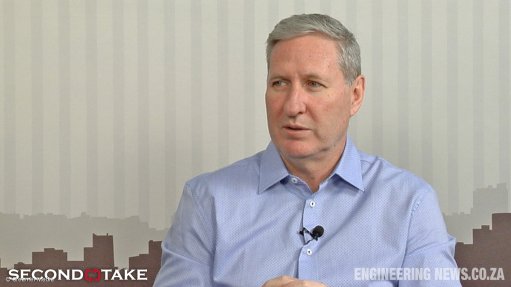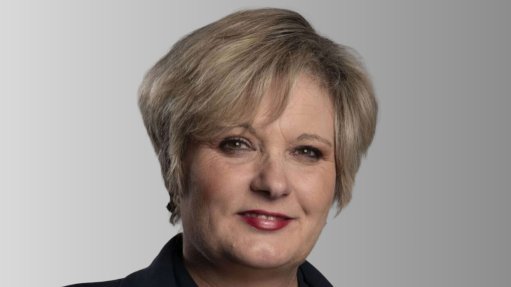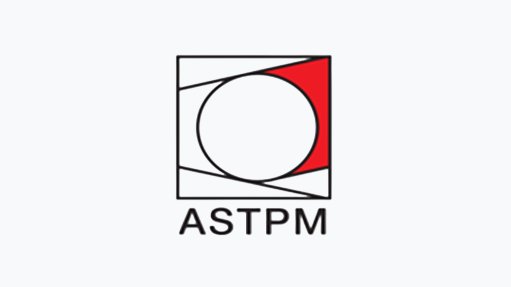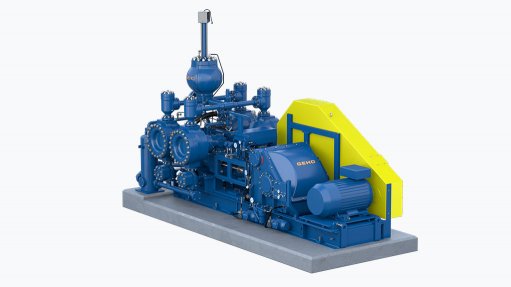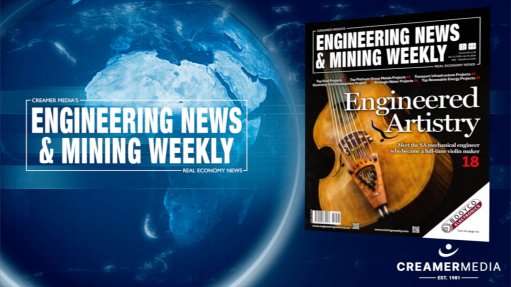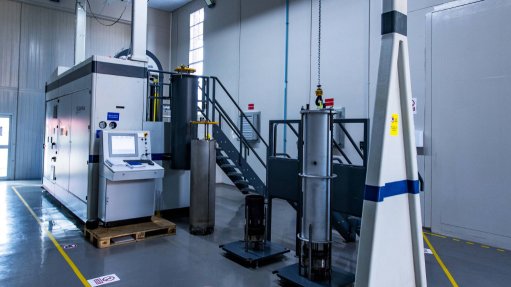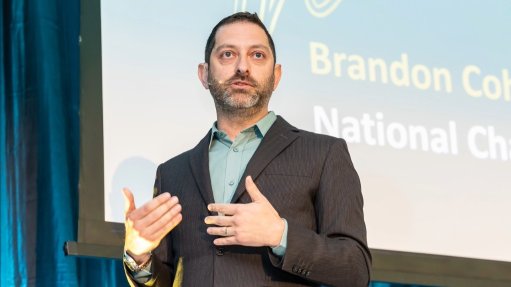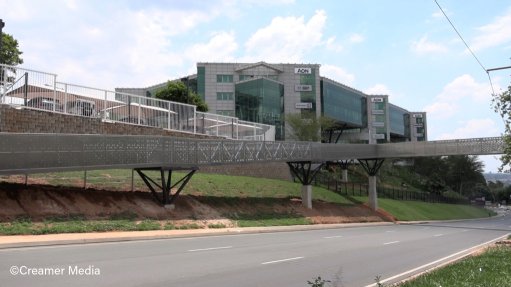Launch of SAWEM promising for the wind sector, but there are risks to be addressed
The upcoming launch of the South African Wholesale Electricity Market (SAWEM) – currently scheduled for April 1 next year – is generally welcomed by representatives of the wind power industry, participating in a panel discussion at the Windaba 2025 conference, on Thursday. Windaba 2025 was held at the Cape Town International Convention Centre.
“The SAWEM is definitely very promising,” said G7 Renewable Energies (G7) CEO Kilian Hagemann. He and his team had been very encouraged by their deeper examination of the proposed Market Code for the SAWEM. It was a long and a complicated document. Clearly, a lot of work had been put into it, with a lot of industry engagement. “It is complex. It will take some time for the market [wind sector] to wrap its head around it.”
As for challenges: those that G7 saw were about the structuring of the contracts, he reported. Also, Eskom’s proposals would be very detrimental to the market. They also had some concerns about the independence of the market operator and the system operator. They understood that there was a long-term plan to ensure their total independence, but currently there was a clear conflict of interest.
“The benefit of SAWEM is to set the price!” highlighted Pele Energy Group GM Nicolas Lecomte. “The SAWEM is responding to the imperative of modernity. It’s very exciting. It’s a work in progress. It may be a central market, but how many electrons will [actually] be traded?” He noted that, in the short term, his group wanted to see how the SAWEM would handle the dominant player, Eskom, before they committed new investments. “But this is very exciting.”
“People are concerned about the risks [with SAWEM],” pointed out African GreenCo trading and operations adviser Garth Greubel. “There’s a lot of uncertainty. It’s really important that we, as an industry, when we think there are risks, we should bring them into the public domain.”
“From a[n electricity] trading perspective, we see a lot of advantages [with SAWEM],” affirmed Harris Group CEO Jenna Harris. “A lot of what makes a trader viable is portfolio diversification. Trading management is risk management.” The current system posed a risk for traders, but SAWEM would provide traders with a buyer of last resort, which was a “great thing” as it would protect the traders. “It is a very positive thing.” All that was needed were the right pricing signals.
She also observed that the country’s wind power ambitions would require investments totalling R2.2-trillion. This was “broadly understood” to be private investment. That, in turn, meant foreign investment, because local resources could not provide investments on such a scale. The creation of SAWEM would increase the size of the accessible market, for anyone who wanted to trade electricity.
Regarding risks with SAWEM, Harris cited the fact that the dominant buyer would be Eskom Distribution, which had a very bad credit rating. This would deter investment in private sector generation projects. Eliminating this problem would require some kind of guarantee from the National Treasury. Another risk was predatory pricing by Eskom Generation, making it impossible for independent power producers to compete, if Eskom was allowed to sell electricity outside of SAWEM – for example, directly to major industrial customers.
“Price construction is essential and we must avoid distortions,” affirmed Lecomte. “The key is balance.”
“There are still some rough edges in the Market Code which still need to be smoothed out,” concluded Hagemann. “We’re all looking forward to certainty and clarity.”
Article Enquiry
Email Article
Save Article
Feedback
To advertise email advertising@creamermedia.co.za or click here
Comments
Press Office
Announcements
What's On
Subscribe to improve your user experience...
Option 1 (equivalent of R125 a month):
Receive a weekly copy of Creamer Media's Engineering News & Mining Weekly magazine
(print copy for those in South Africa and e-magazine for those outside of South Africa)
Receive daily email newsletters
Access to full search results
Access archive of magazine back copies
Access to Projects in Progress
Access to ONE Research Report of your choice in PDF format
Option 2 (equivalent of R375 a month):
All benefits from Option 1
PLUS
Access to Creamer Media's Research Channel Africa for ALL Research Reports, in PDF format, on various industrial and mining sectors
including Electricity; Water; Energy Transition; Hydrogen; Roads, Rail and Ports; Coal; Gold; Platinum; Battery Metals; etc.
Already a subscriber?
Forgotten your password?
Receive weekly copy of Creamer Media's Engineering News & Mining Weekly magazine (print copy for those in South Africa and e-magazine for those outside of South Africa)
➕
Recieve daily email newsletters
➕
Access to full search results
➕
Access archive of magazine back copies
➕
Access to Projects in Progress
➕
Access to ONE Research Report of your choice in PDF format
RESEARCH CHANNEL AFRICA
R4500 (equivalent of R375 a month)
SUBSCRIBEAll benefits from Option 1
➕
Access to Creamer Media's Research Channel Africa for ALL Research Reports on various industrial and mining sectors, in PDF format, including on:
Electricity
➕
Water
➕
Energy Transition
➕
Hydrogen
➕
Roads, Rail and Ports
➕
Coal
➕
Gold
➕
Platinum
➕
Battery Metals
➕
etc.
Receive all benefits from Option 1 or Option 2 delivered to numerous people at your company
➕
Multiple User names and Passwords for simultaneous log-ins
➕
Intranet integration access to all in your organisation



